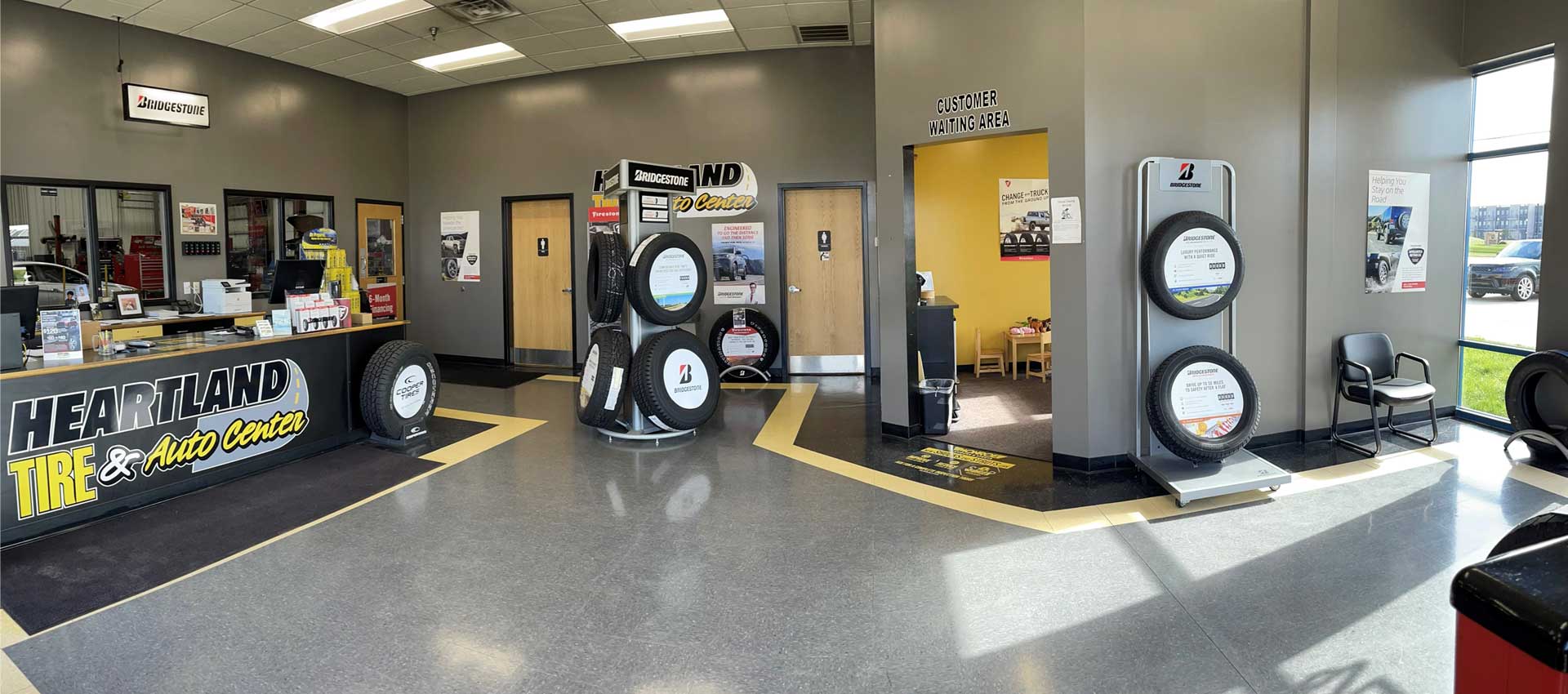Count On Morris Tire and Alignment for Expert Service and Treatment
Count On Morris Tire and Alignment for Expert Service and Treatment
Blog Article
Tire Solution: Comprehending Tire Pressure Monitoring Systems
Understanding Tire Stress Monitoring Solutions (TPMS) is a vital aspect of preserving optimum vehicle efficiency and safety and security on the road. With innovations in auto technology, TPMS has actually come to be a conventional attribute in modern cars, giving real-time information on tire pressure degrees.

Relevance of TPMS
The significance of Tire Pressure Tracking Equipments (TPMS) depends on their ability to improve automobile safety and security and efficiency through real-time monitoring of tire pressure levels. Preserving the right tire stress is crucial for guaranteeing ideal handling, braking, and general security of a lorry. TPMS gives vehicle drivers with immediate feedback on any underinflated or overinflated tires, enabling timely modifications to be made.
Parts of TPMS
Comprising various crucial aspects, a Tire Pressure Tracking System (TPMS) functions as an innovative security feature in contemporary vehicles. The major elements of a TPMS consist of sensors, a control component, and a warning indication. Sensors are typically situated in the tire shutoff stem or connected to the wheel assembly, where they determine tire pressure and send data to the control component. If it identifies considerably reduced pressure in any of the tires, the control component processes this information and causes a caution. The warning sign, often a sign on the control panel, alerts the motorist to examine the affected tire or tires. Some advanced TPMS versions also display the real tire stress analyses for each tire, offering vehicle drivers with real-time information to guarantee ideal tire efficiency and safety and security. By keeping track of tire stress continually, TPMS helps prevent mishaps, minimizes tire wear, and boosts gas efficiency, making it an important element for automobile safety and security and efficiency.
Kinds Of TPMS

On the other hand, indirect TPMS depends on the automobile's wheel speed sensing units to keep an eye on tire pressure. This system identifies underinflation by comparing the rotational rates of the wheels. Indirect TPMS is much less expensive than direct TPMS, as it makes use of existing sensing units within the lorry.
While direct TPMS provides much more accurate analyses, indirect TPMS is easier in design and typically calls for much less maintenance. Both systems have their benefits and limitations, and the choice between them frequently relies on elements such as cost, car make, and personal choice. Recognizing the differences in between these 2 kinds of TPMS can assist lorry owners make informed decisions concerning tire upkeep and safety.
TPMS Maintenance Tips
Efficient maintenance of TPMS is important for guaranteeing optimum performance and safety of your car. On a regular basis inspecting the TPMS sensing units for any damage or rust is vital. Ensure that the sensors are complimentary and tidy from particles that might conflict with their performance. In addition, it is suggested to Visit This Link check the sensor batteries regularly and change them as required to assure accurate analyses. Clicking Here Conduct regular examine the tire stress levels and contrast them with the TPMS analyses to ensure they correspond. If there are any type of inconsistencies, rectify the system following the maker's standards. Moreover, during tire rotation or replacement, see to it that the TPMS parts are taken care of carefully to avoid any kind of possible damages. Last but not least, if the TPMS advising light brightens on the dashboard, address the issue quickly by checking the tire stress and the general system for any faults. By adhering to these upkeep ideas, you can prolong the life-span of your TPMS and enhance the safety and security of your driving experience.
Advantages of Proper Tire Stress
Preserving appropriate tire stress, as highlighted in TPMS Maintenance Tips, is essential for gaining the countless benefits linked with optimum tire pressure levels. Additionally, correct tire pressure guarantees even tire wear, expanding the life expectancy of the tires and promoting more secure driving problems. In conclusion, the advantages of appropriate tire stress go past just tire long life; they encompass boosted fuel efficiency, improved safety, far better car efficiency, and general driving convenience.
Final Thought
Finally, recognizing tire pressure tracking systems (TPMS) is essential for maintaining ideal tire stress and making sure vehicle security. By recognizing the value of TPMS, being familiar with its elements, recognizing the different kinds readily available, adhering to correct maintenance ideas, and understanding the benefits of preserving correct tire pressure, vehicle Web Site drivers can boost their driving experience and extend the life-span of their tires. Proper tire stress is vital to risk-free and reliable automobile procedure.

Report this page